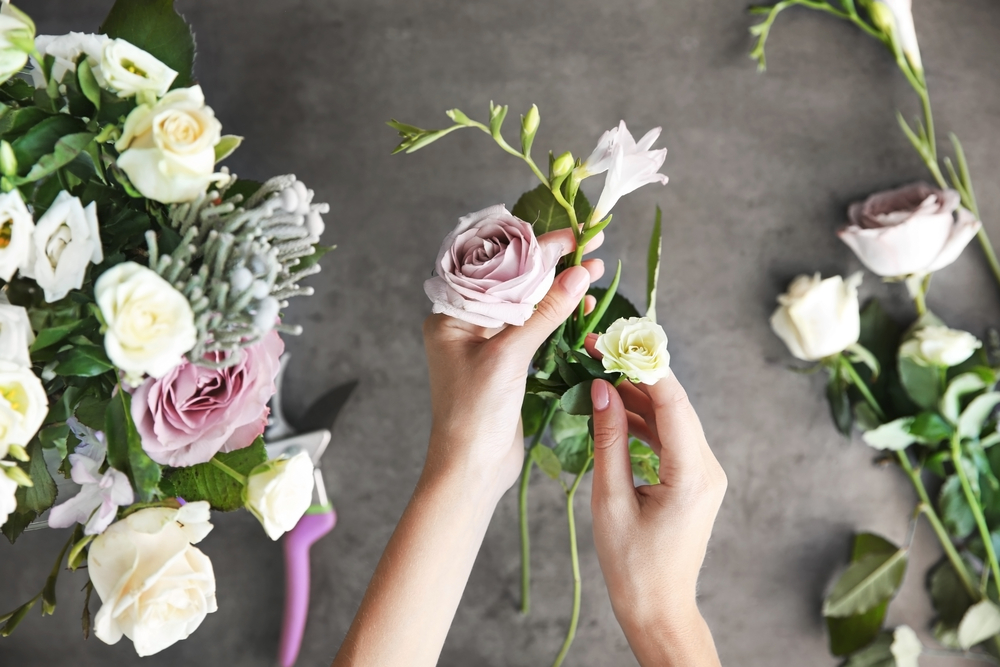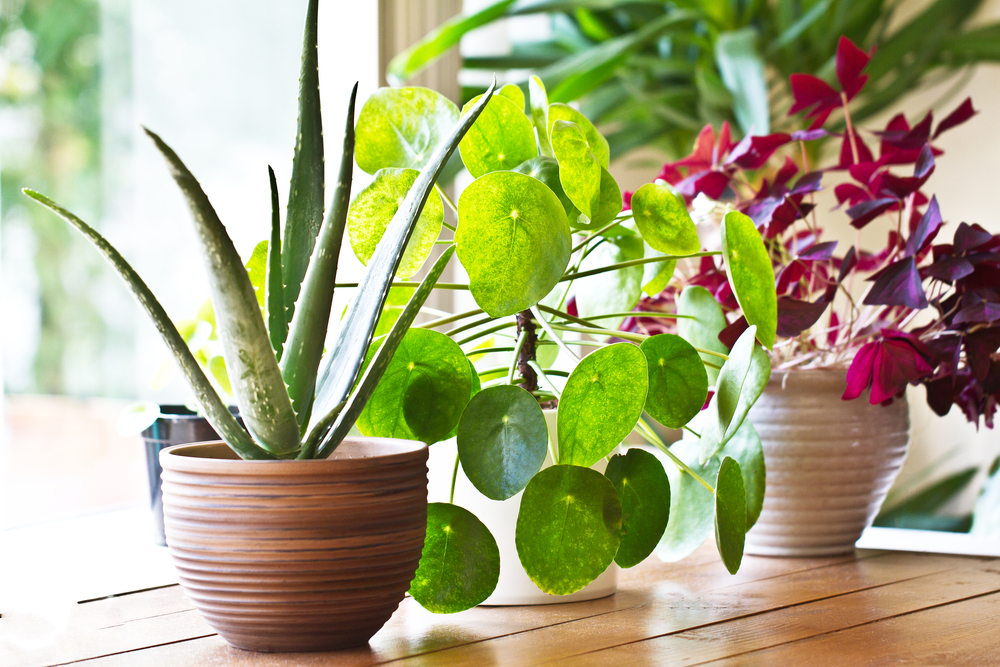‘I loved you’: How the pandemic has changed the language of flowers
A year ago, the days leading up to Valentine’s Day looked entirely different for the flower masters of Dangwa.
The market located in Sampaloc, Manila, was busy with vendor after vendor peddling arrangements and bouquets to customers looking for the best buys for their loved ones. For flower shop owners, Valentine’s Day is like Christmas—a day that assures a good return on investment. The same goes for the buyers, though the initiative is different.
And then the pandemic struck.
The flower industry is among those that were most affected when restrictions were rolled out last year to control COVID-19.
As people retreated to their homes and started prioritizing necessities over luxuries, brick and mortar flower shops started closing their doors one after the other. Flower farmers also had to significantly cut down the prices of their products due to lack of demand.
A bud of hope online

There are the lucky ones who were able to save themselves. These are the businesses that quickly decided to pivot online and those that had the resources to widen their offerings.
Apple Jane Suarez, owner of Glorist Flower Shop, which is known for providing bouquets to some of the biggest stars in showbiz, can attest to this.
“We lost our walk-in clients, yet there was an increase in online orders. Businesses that successfully transitioned to online selling and delivery have a higher capability to survive and even thrive during this pandemic.”
There is now an increase of orders from people who are sending bouquets as a way to say ‘sorry,’ since they are struggling with love and relationships.
The extra convenience that digital flower shops offered is something that customers openly welcomed, too. Precious, a marketing manager, is one of them.
“I like that it’s easier to surprise someone now because everything is so seamless. I ordered an arrangement for my mom for her birthday and it was so easy since you just have to choose your arrangement, pay for it online, then have it delivered. Unlike before, I had to really sneak out to get the flowers myself.”
The language of flowers, rewritten

Beyond the changes related to business, however, is another shift that flower providers have noticed: the way people are using flowers during the pandemic.
In an interview with The Economist, Deborah De La Flor, a florist of over 40 years, said, “At a time when someone is sending you an ‘I love you’ card, someone is sending an ‘I loved you’ card.”
The report continued that another florist, Fernando Perata, “has helped over 100 families in the past two months who have lost a family member to the coronavirus. Many of the grieving families were long-time clients. ‘One day you see that client, the next day they are gone,’ said Perata, 23. He described one mother who for years had been buying flowers for her children. Recently her son and daughter arrived to buy roses for their mother’s funeral.”
Has the language of flowers changed in these trying times in the Philippines? For some flower shop owners like Suarez, the hard answer is yes. While bouquets were ordered before to celebrate love, they are now also being sent with bittersweet messages of goodbye and longing.
“There is a change in the purpose of sending bouquets from what I’ve observed. There is now an increase of orders from people who are sending bouquets as a way to say ‘sorry,’ since they are struggling with love and relationships. I think it’s because it is harder for them to fix some issues due to limited transportation and recreational access today, so they send flowers to express their sincerity and love for someone.”
Flowers have different languages that vary with their type, color and arrangement. Roses and tulips are typically used to express happiness and excitement; mums and anthuriums for sympathy and loss.
She added, “Also, based on the day-to-day orders that we receive, most people are willing to pay for expensive flowers just to make it special. They normally use it to express their feelings of missing the loved ones that they haven’t been able to see for a long time. We also observed that there is an increase in the number of orders that come from abroad, from people who have relatives living in Metro Manila.”
Suarez, who has been operating her business for two years now, shared, “Flowers have different languages that vary with their type, color and arrangement. For example, roses and tulips are typically used in making bouquets that represent happiness and excitement. On the other hand, mums and anthuriums are used in making basket and flower stand arrangements which are common symbols of sympathy and loss.”
The other side of the coin, thankfully, continues to thrive. For some people, giving flowers still sends a hopeful message of love. With the pandemic feeling like an endless loop of time, a gift as simple as a fresh bouquet is a welcome break from the gloominess of the situation.
“Flowers are one of the most flexible gifts that someone can give. It can help you show different emotions such as love, greeting, forgiveness, joy, hope, and sympathy. Whether it is a happy or sad moment, there is a best arrangement that can fit any situation,” Suarez closes.
Decorative plants and dried flowers

The demand for decorative plants has also bloomed. While the sales of flower bouquets went down, those of indoor plants and dried flower arrangements soared.
“I started getting interested in indoor plants when we shifted to a work from home setup,” Ja, a middle school teacher, shared. “Before, I would treat myself by getting a bouquet to put on the table, but I found growing an indoor garden to be much more calming. Besides, it’s also more cost-effective since, with plants, they don’t just wilt after a few days.”
The same convenience is also driving the rise of dried flowers. “I’ve never been a big fan of real flowers in the first place,” Gen, a freelance stylist, said. “But I started getting into these dried flower arrangements when I began redecorating my home. I like them because they last longer and are literally zero maintenance.”



